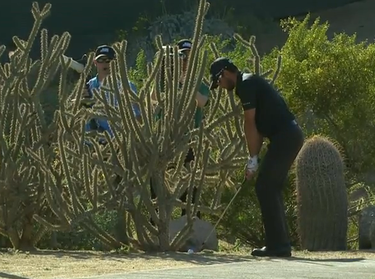 Have you had a successful year on the golf course so far? Has your game lived up to your expectations? Based on what you now know about your game what will you do differently next year? Because if your strategy for improvement didn't work out the way you wanted it to, it will be helpful to start thinking about what you’ll do differently now. Then you can decide on how you will go about improving it. We use a simple improvement strategy that will help you to start on the path to golf improvement in a simple-no fuss way. Improvement doesn't have to be difficult and frustrating and with the simple structure I’m about to share with you, game improvement is more than possible. Golf Skills Assessment Start by adding up all your competitive rounds for the past year and work out your current competitive score average. Make sure you add every golf score into the equation, not just the good ones. What does it look like? Next do a performance review of some of the areas of your game by looking at the basic statistics behind your golf score average. Work out your percentages for the following statistics over the past year to determine your current position. You can work out which statistics are the most important for you. The image below is an example of some of the basic statistics you can look at in your game or you can add others. What does it look like?  Crystal Ball View Now make a prediction. Decide what you would like these areas of your game to be by moving each guide to a different place on the scale. Now be realistic about this because it’s important and the way we teach our students at Pro Tour Golf College to work it out is to apply the divide by 2 rule. The divide by 2 rule say’s that you take your first prediction and halve it. So if you wanted to improve your competitive score average by 5 shots in the next 12 months, then divide 5 shots by 2 and aim for a stroke average improvement of 2.5 strokes over 12 months. If you have a current competitive score average of 77 then your aim is to have a competitive score average of 74.5. We have found that the divide by 2 rule helps to keep your predicted improvement levels in your game right on track. Remember improvement grows slowly and the motivation to try and achieve a big leap in performance usually leads to disappointment. If you exceed your prediction by the end of 12 months great, but if you don’t you’ll be close using our strategy. Ok so now you should have a pretty good idea of your performance targets for the New Year. The next step in our process is to work out how you will improve the skills that will enable you to reach your new performance targets. The key ingredient here is time management. You need to determine how much time you have available each week to work on your improvement strategy. Then you will have to decide which skills have the greatest influence on lowering your competitive score average and which will have less influence. You will need to prioritize your time so that your key skills receive the attention they need. How do you do this? Weakest Skill Ranking Start by ranking your weakest most important skills to your strongest. Which skill once improved would make the most impact on lowering your competitive score average? For example, would you have a lower score average if you putted better? Then again, what if you wedged your approach shots closer to the hole, would you have shorter putts therefore enabling you to hole more putts? These are important questions that you need to consider as you develop your improvement plan. Every golf skill you practice requires lot’s of repetitions to strengthen and reinforce it into a dependable habit. This is the basic requirement for improvement in golf and how the repetitions will be performed is just as crucial if you’re going to make steady progress towards your goals. So let’s say that you have 15 hours per week available to practice your golf skills outside of playing on the golf course and golf lessons. You need to decide what percentage of time will be devoted to technical development of your golf skills and what percentage of time is targeting development. 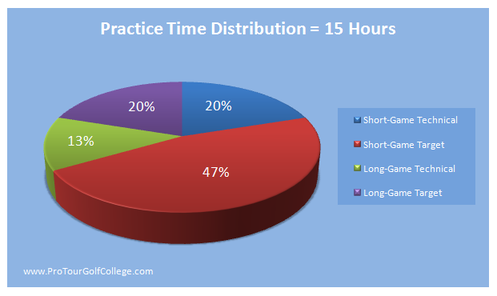 One Master Not Two When you swing your golf club you either have a focus on improving your technique or improving your ability to hit your ball to the target. You cannot and should not focus on the two together. Golf stroke repetitions are either technical in nature or targeting in nature. Now decide what percentage of your overall practice time during the next week will be focused on technical improvement and what percentage will be focused on targeting development in your short-game and long-game skills. To perform optimally on the golf course you need a high level of target awareness - not golf swing awareness and the way you go about practicing your golf skills will determine to a great extent how successful you are on the golf course - especially when it matters. There’s an easy way to slow your progress. Focus on your swing technique whilst you try to play. This is a guaranteed confidence destroyer that will set your development back months. Keep your technical practice on the golf range or practice fairway and preferably practice hitting your golf shots into a practice net. 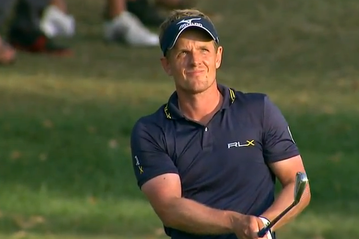 How do you determine whether a golf skill needs more technical work or more targeting work? When you perform a golf skill in a tournament your level of confidence in your ability to produce the shot is closely tied to your competence. The more competent you are the more confident you’re likely to be. Your skill levels will move from being very conscious of what you are doing in your technique in the early stages of development to not being very aware of your technique at all. This is the goal and it is described as ‘unconscious competence’ and your practice should always have this goal in mind. How do you get to this level in learning golf skills? Technical practice will keep you in the 'conscious competence' stage until you have executed enough golf strokes that you make the shift to the 'unconscious competence' stage.
Remember this is the goal of practice. One last thing. Make sure that you work closely with a competent golf teacher/instructor to help you to make the changes that will lead you to lower golf scores in tournaments. It is no point practicing to improve if you are using flawed golf stroke improvement strategies. Your golf instructor can help you to develop an effective plan for improvement over the next 12 months that focuses on improving your weaker skills and keeping you motivated when you're going through the tough periods. The long hours are necessary to develop strong dependable habits so it is vitally important that you stay the course and with a bit of luck and hard work you should be shooting golf scores that are on or even ahead of your prediction. The best of luck with it and thanks for reading our blog and sharing it with your friends. Lawrie Montague and David Milne - Pro Tour Golf College Your Success On Tour is Our Business Comments are closed.
|
Archives
June 2019
|
Proudly Supported By
Copyright © 2011 - 2018 Pro Tour Golf College
Website Managed By Golf Performance Media
All Rights Reserved
Website Managed By Golf Performance Media
All Rights Reserved
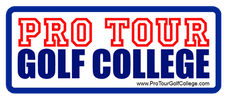
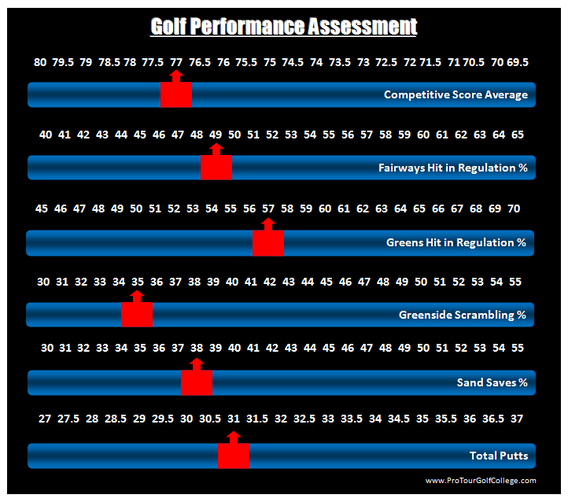
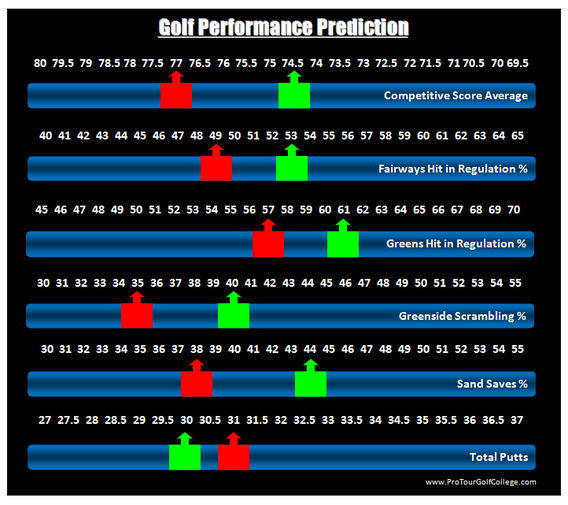
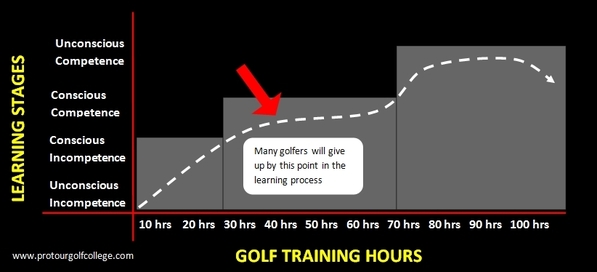
 RSS Feed
RSS Feed



